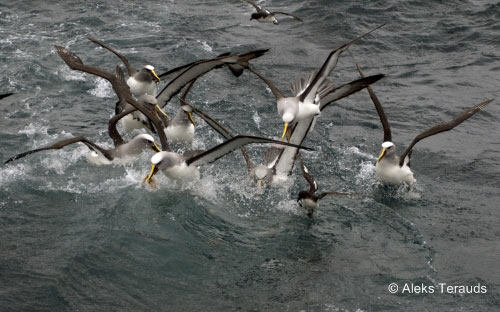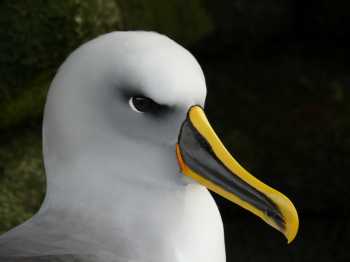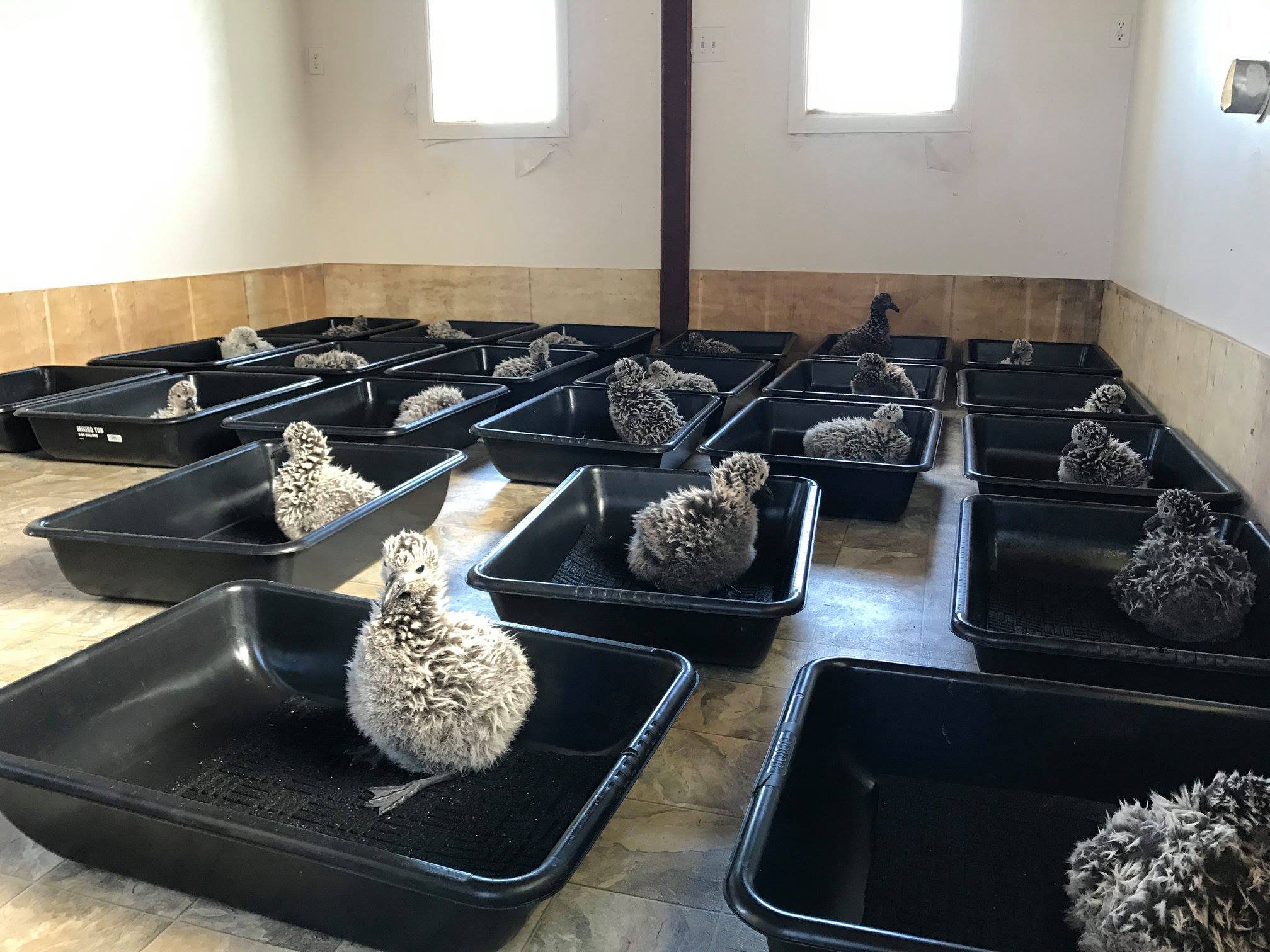Elizabeth (‘Biz’) and Mike Bell (Wildlife Management International Ltd) have produced a report for the Conservation Services Programme (CSP) of the New Zealand Department of Conservation that details 193 seabirds of 19 taxa captured and returned for autopsy by New Zealand longline, trawl and net fisheries in 2016/17.
The report’s abstract follows:
“New Zealand waters support a diverse range of seabird species, but much of the commercial fishing activity in the region overlaps with their ranges. The accurate identification of seabirds captured in New Zealand fisheries is vital for determining the potential impact of fisheries on these populations. Between 1 July 2016 and 30 June 2017 a total of 193 seabirds comprising 19 taxa were incidentally killed as bycatch and returned for autopsy by on‐board New Zealand Government observers. Birds were returned from 14 longline (n = 65 birds), 28 trawl (n = 115 birds) and 4 set net (n = 13 birds) vessels, and were dominated numerically by five species (Salvin’s albatross Thalassarche salvini, Buller’s albatross Thalassarche bulleri bulleri, sooty shearwater Puffinus griseus, New Zealand whitecapped albatross Thalassarche steadi and white‐chinned petrel Procellaria aequinoctialis). All birds returned from longline fisheries had injuries consistent with being hooked or entangled in the bill, throat or wing. In contrast, most birds (79.4%) returned from trawl fisheries were killed through entanglement in the net, cod‐end or pound, with 10.7% likely to have been killed by warp interaction or entanglement. Four birds were killed by striking the deck of the vessel. Birds had a higher mean fat scores as in the last fishing year, and discards, including offal, appear to continue to be an attractant for many seabirds. In addition to the seabirds that were returned for autopsy, examination of the Ministry for Primary Industries Central Observer Database and images provided by Government observers gave a total of a further 762 seabirds that were reported as interactions or photographed (as dead or alive captures) with 60 fishing vessels (and may include some noncapture interactions). Over two‐thirds (69.9%) of the seabirds reported in these interactions or photographed birds were released alive. Out of these 762 records of seabird interactions, photographs were taken of 252 seabirds consisting of 18 taxa. Image quality varied widely, with poor images being particularly common for birds that were alive and seen on‐board for short periods. Images for dead birds have improved with a number of images taken for each specimen. Recommendations are made to improve photo‐identifications in the future.”

At risk to longlines: Buller's Albatrosses forage in New Zealand waters, photograph by Aleks Terauds
Previous annual reports of autopsied seabirds killed by New Zealand from 1996 are referenced in the 2016/17 report and may be searched for online.
Reference:
Bell, E.A. & Bell, M.D. 2017 [published June 2018]. INT2016‐02 Identification of seabirds caught in New Zealand fisheries: 1 July 2016 to 30 June 2017. Blenheim: Wildlife Management International Limited. 31pp.
John Cooper, ACAP Information Officer, 11 July 2018


 English
English  Français
Français  Español
Español 


